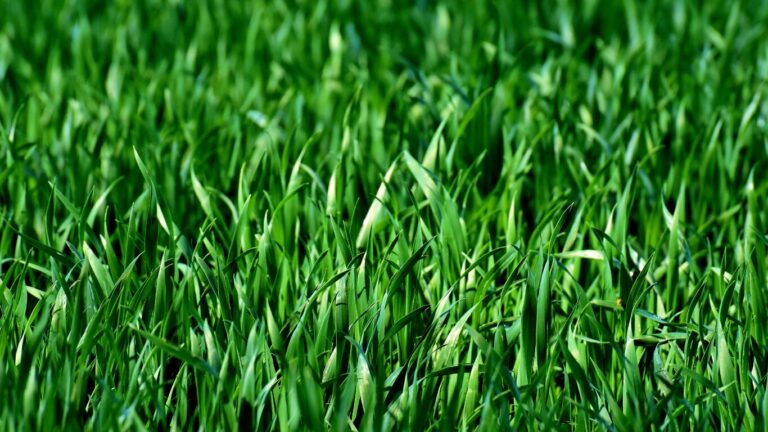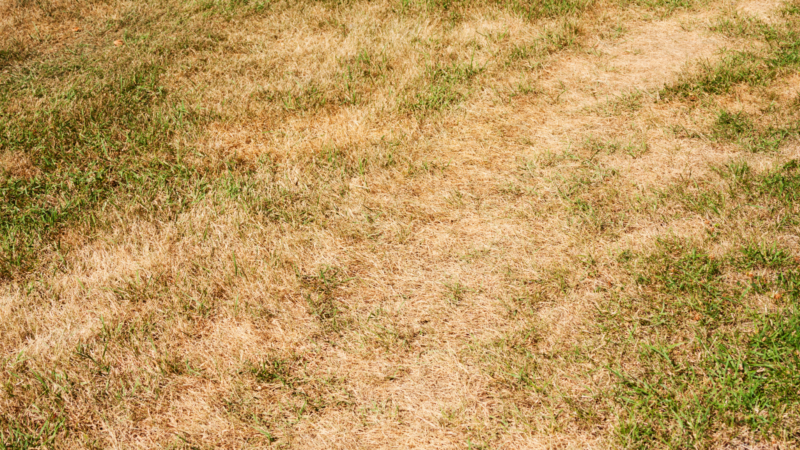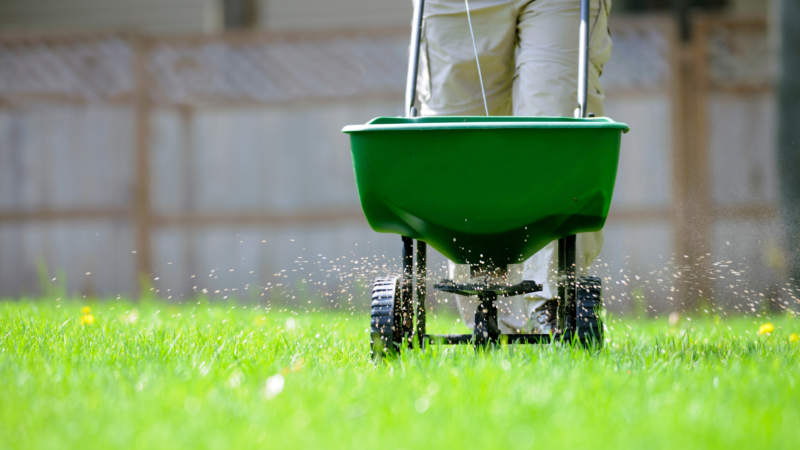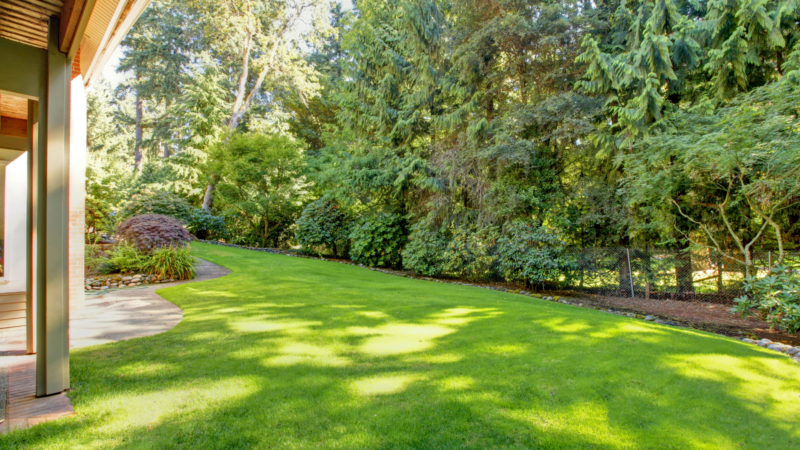
Understanding Lawn Health
Achieving and maintaining a healthy lawn requires an understanding of key indicators of vitality and well-being. By recognizing these signs, homeowners can take proactive steps to ensure their lawn remains lush and vibrant throughout the year.
Characteristics of a Healthy Lawn:
- Vibrant Green Color: A healthy lawn exhibits a rich green hue across its entirety, indicating sufficient chlorophyll production and photosynthetic activity.
- Uniform Growth: Grass blades should grow uniformly without patches of varying heights, suggesting consistent health and vigor throughout the lawn.
Factors Influencing Lawn Health:
- Proper Watering: Adequate and consistent watering is crucial for lawn health. Too little water leads to dry, stressed grass, while overwatering can promote disease and root rot. Water deeply but infrequently, aiming for 1-1.5 inches of water per week, including rainfall.
- Soil Quality: Healthy soil is the foundation of a lush lawn. Soil should be well-draining yet capable of retaining moisture and nutrients. Conduct a soil test to assess pH levels and nutrient content, making amendments as needed.
- Sunlight Exposure: Most grass species require at least 6-8 hours of direct sunlight daily for optimal growth. Shade-tolerant varieties should be chosen for areas with limited sunlight.
- Aeration and Compaction: Compacted soil restricts root growth and reduces water and air penetration. Regular core aeration alleviates compaction, allowing roots to thrive and absorb nutrients efficiently.
- Fertilization and Nutrient Management: Proper fertilization supplies essential nutrients like nitrogen, phosphorus, and potassium to support healthy growth. Choose fertilizers formulated for specific grass types and apply according to recommended schedules.
Understanding these factors and observing the visual cues of lawn health empowers homeowners to make informed decisions about lawn care practices. Regular monitoring and adjustments based on these indicators contribute to a vibrant and resilient lawn.
Common Lawn Issues
Maintaining a lush and healthy lawn can be challenging, as various factors can contribute to common lawn problems. By recognizing these issues early, homeowners can take timely action to address them and restore their lawn’s vitality.
Identifying Signs of Lawn Stress:

- Yellowing Grass: Yellow patches or overall discoloration of grass blades can indicate nutrient deficiencies, overwatering, or compacted soil.
- Thinning or Bare Patches: Areas of sparse grass growth or bare spots may result from poor soil quality, excessive foot traffic, or weed infestations.
Recognizing Weed, Pest, and Disease Problems:
- Weed Infestations: Common weeds like dandelions, crabgrass, and clover compete with grass for nutrients and water. Identify specific weed types to determine appropriate control methods.
- Pest Damage: Lawn pests such as grubs, chinch bugs, and army worms can cause visible damage to grass, including brown patches and irregular growth patterns.
- Disease Outbreaks: Fungal diseases like brown patch and dollar spot can manifest as discolored patches or powdery growth on grass blades, especially in humid conditions.

Addressing Lawn Issues:
- Conduct a thorough inspection of your lawn to identify specific issues and their underlying causes.
- Take soil samples and perform diagnostic tests to assess nutrient levels, pH balance, and potential pest or disease presence.
- Implement targeted treatments such as fertilization, weed control, pest management, and disease prevention measures.
Recognizing and addressing common lawn issues promptly can prevent further damage and promote recovery. Professional lawn care services from All Season Lawn & Landscaping offer expert diagnosis and tailored solutions to restore your lawn’s health and beauty.
You May Also Like


Is It Time to Mow? 5 Easy Signs Your Lawn Needs a Cut

